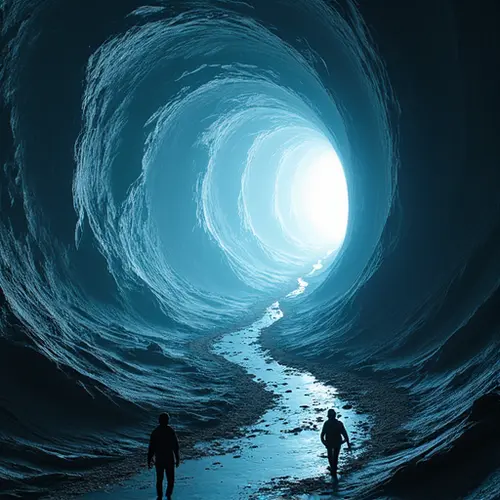Recent research in theoretical physics, including a new model using conical singularities and the exploration of unified theories, suggests that time travel might be possible. However, technological and paradox-related challenges remain.

The Age-Old Question: Can We Travel Through Time?
For centuries, the idea of time travel has captured the human imagination, from H.G. Wells' "The Time Machine" to blockbuster movies like "Interstellar." But is it just science fiction, or could it become science fact? Recent advances in theoretical physics are bringing us closer to an answer.
What Does Science Say?
According to Einstein's theory of relativity, forward time travel is not just possible—it's happening all the time. Astronauts on the International Space Station age slightly slower than people on Earth due to time dilation. But traveling backward in time? That's a whole different story.
New Model: Time Travel via Conical Singularity
In a groundbreaking study published in the American Journal of Physics in 2025, physicist John D. Norton proposed a new model for time travel. His research shows that a conical singularity—a type of curvature in spacetime—could allow a spaceship to loop back into its own past without needing exotic matter or wormholes.
"Unlike more familiar curvature singularities, this model remains flat and regular everywhere except at the singularity point," Norton explained. This means that as you approach the singularity, there's no local indication of anything unusual—until you find yourself in the past.
Unifying Theories for Time Travel
Meanwhile, at Bryn Mawr College, a course titled "Theories of Time Travel: Spacetime Physics & Wormholes" is exploring how unifying quantum gravity, quantum mechanics, and general relativity could make time travel possible. Students engage in thought experiments about paradoxes and mutable timelines.
"If we can unify these theories, physicists argue that time travel would be possible," the course description states.
Challenges and Paradoxes
Time travel isn't without its problems. The most famous is the "grandfather paradox": if you go back in time and kill your grandfather, how can you exist to do the deed? Norton's model avoids this by not being time-orientable—meaning there's no consistent forward direction of time.
However, current technology is nowhere near creating such a singularity or wormhole. We're limited to milliseconds of time dilation.
What's Next?
While we won't be building a time machine anytime soon, these theoretical models are crucial for advancing our understanding of the universe. They might even help us develop new technologies, like quantum computers.
"The full geometry of this spacetime model can be recovered using rather simple methods," Norton said, suggesting that his model could be a valuable teaching tool.

 Nederlands
Nederlands
 English
English
 Français
Français
 Deutsch
Deutsch
 Español
Español
 Português
Português









